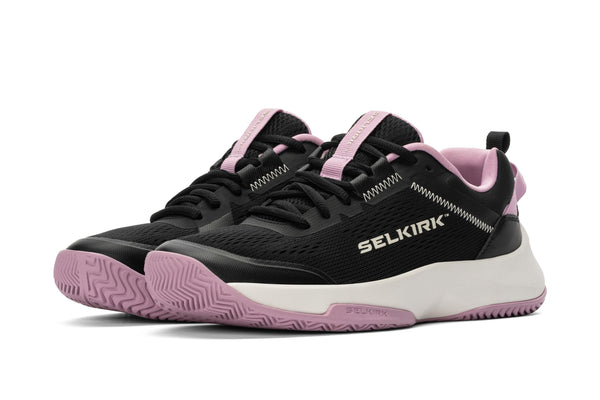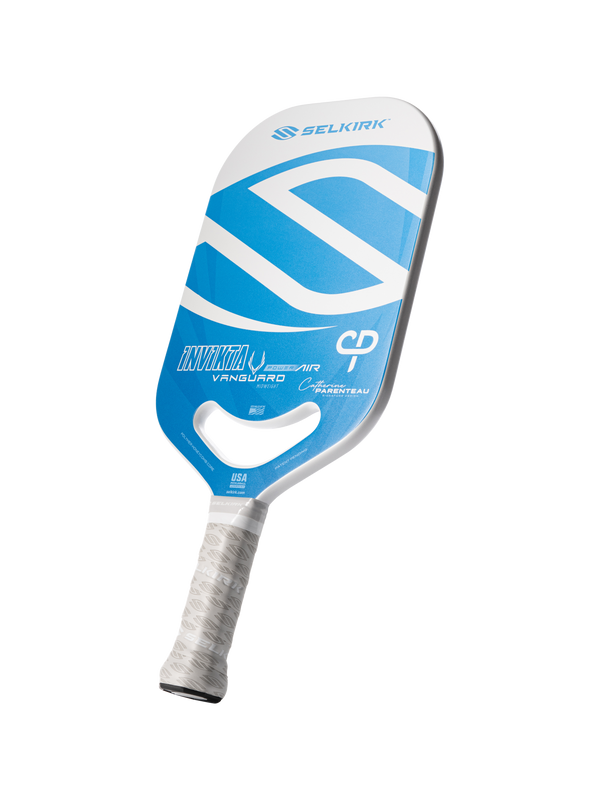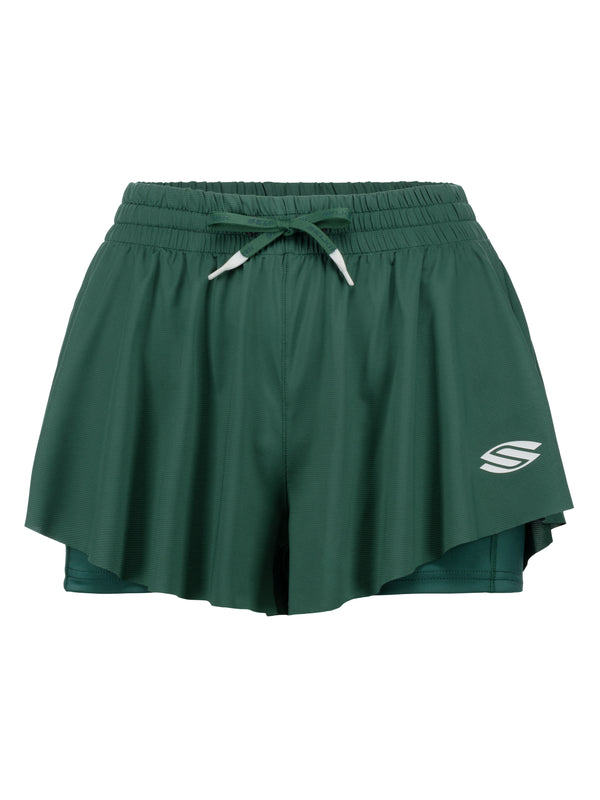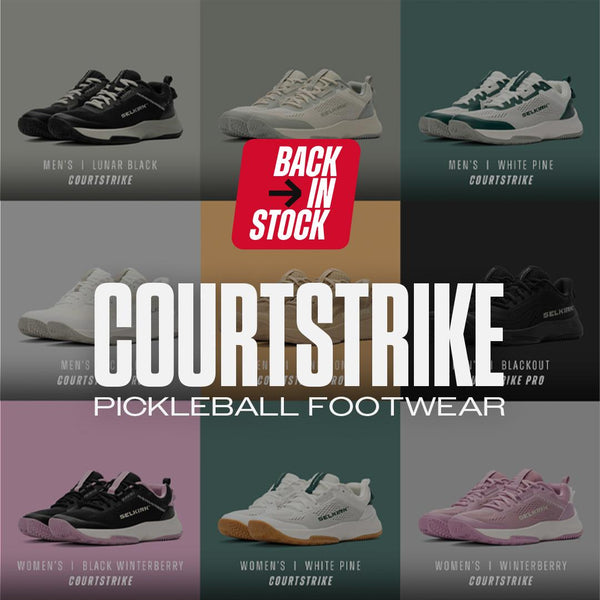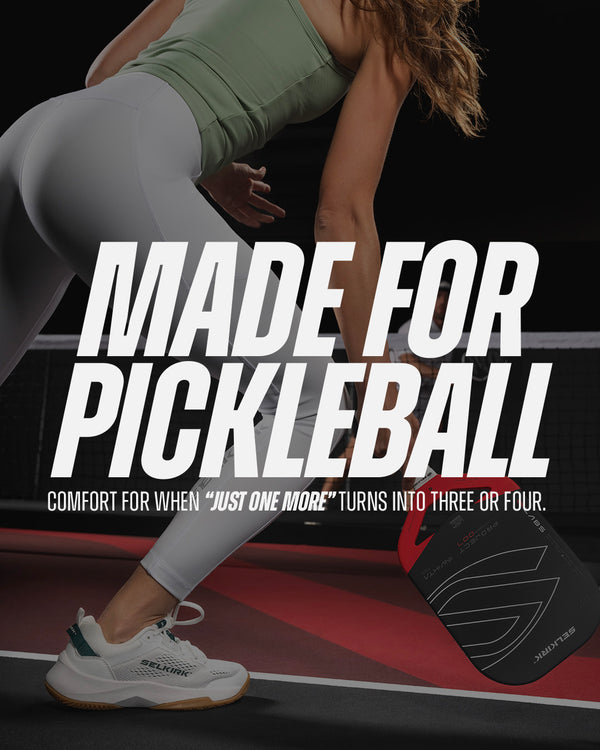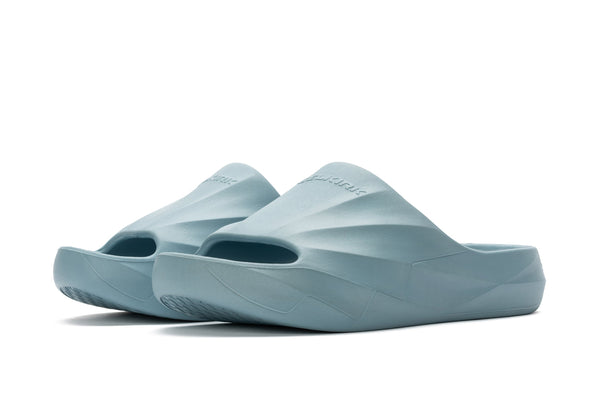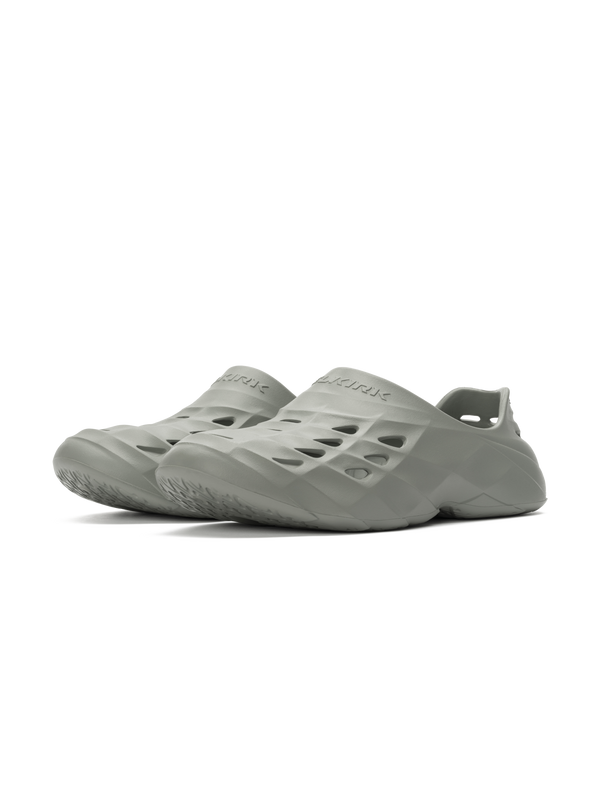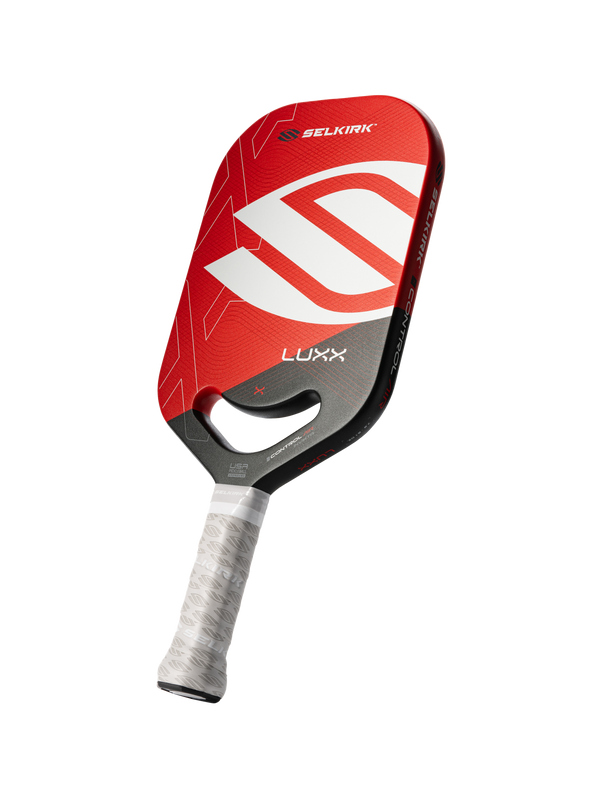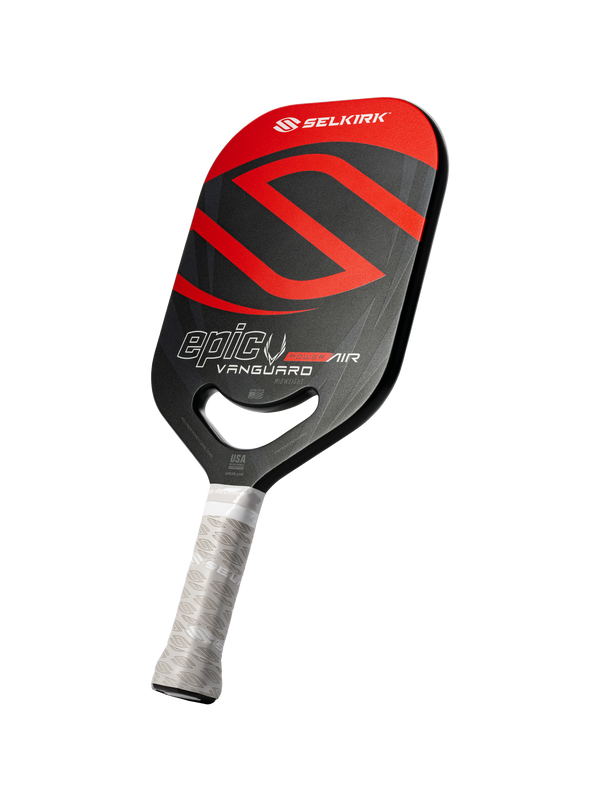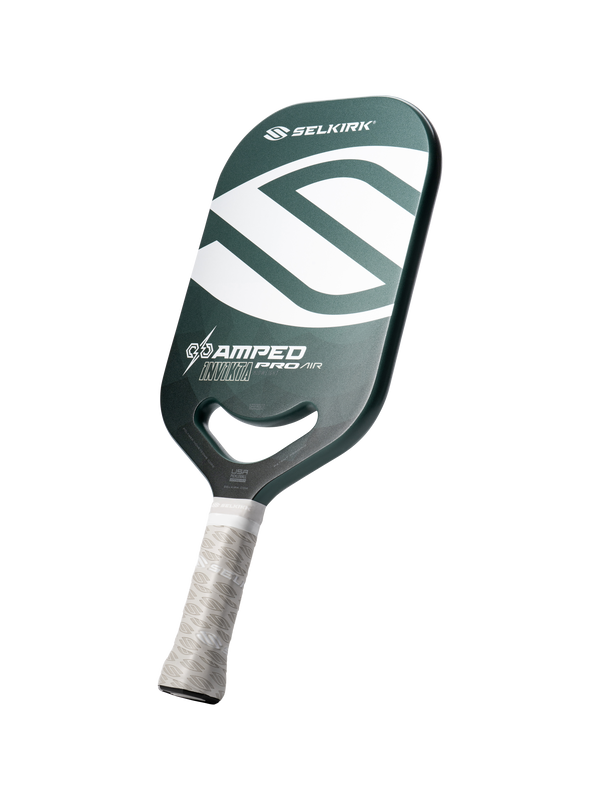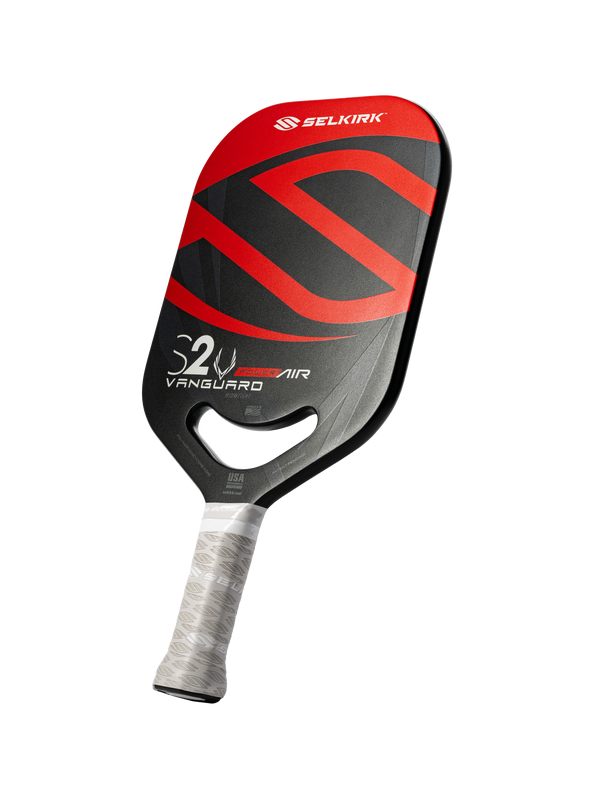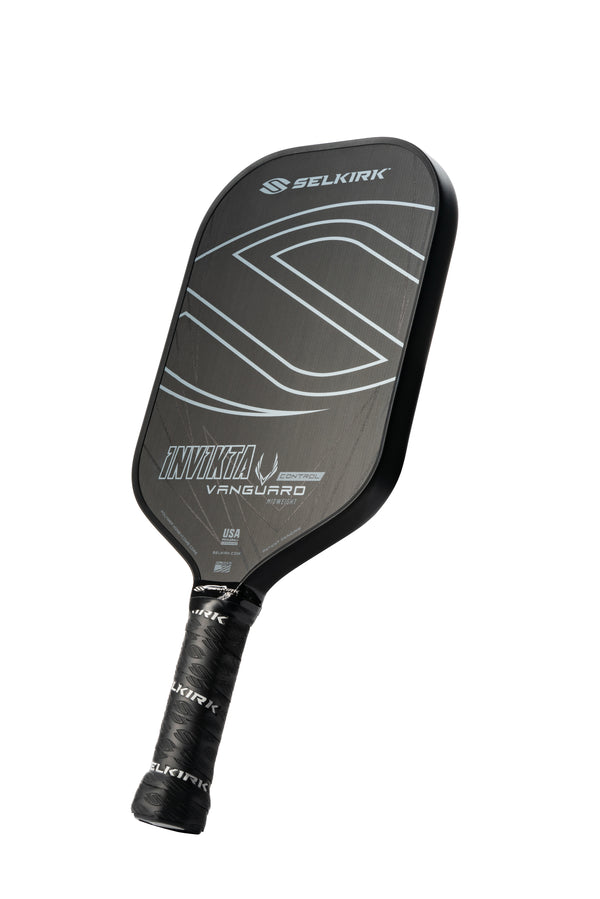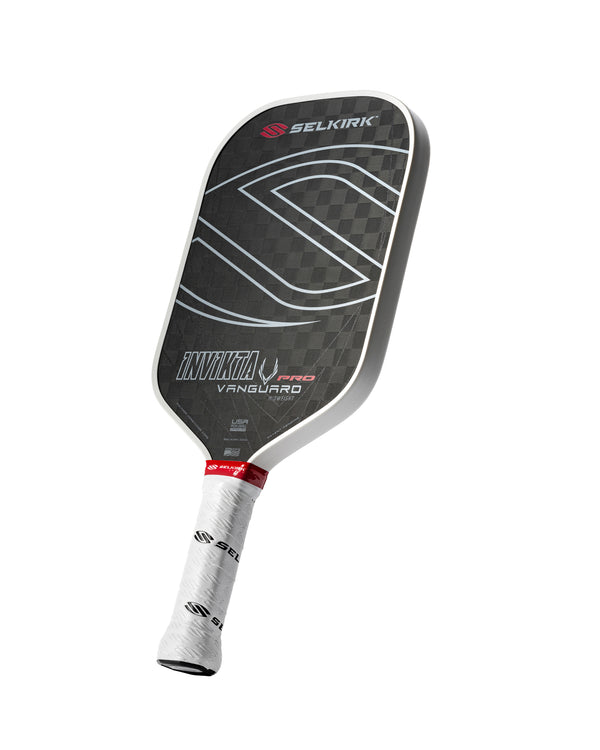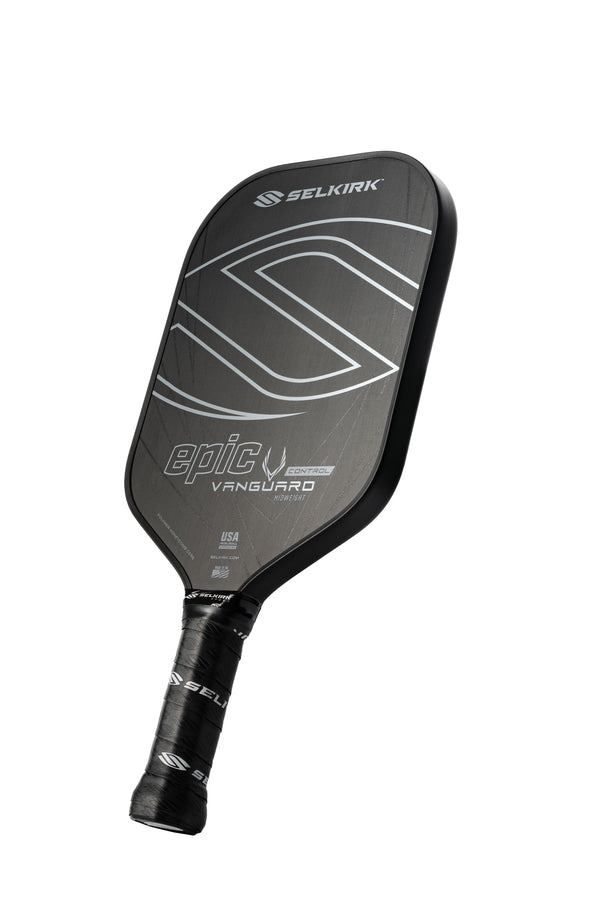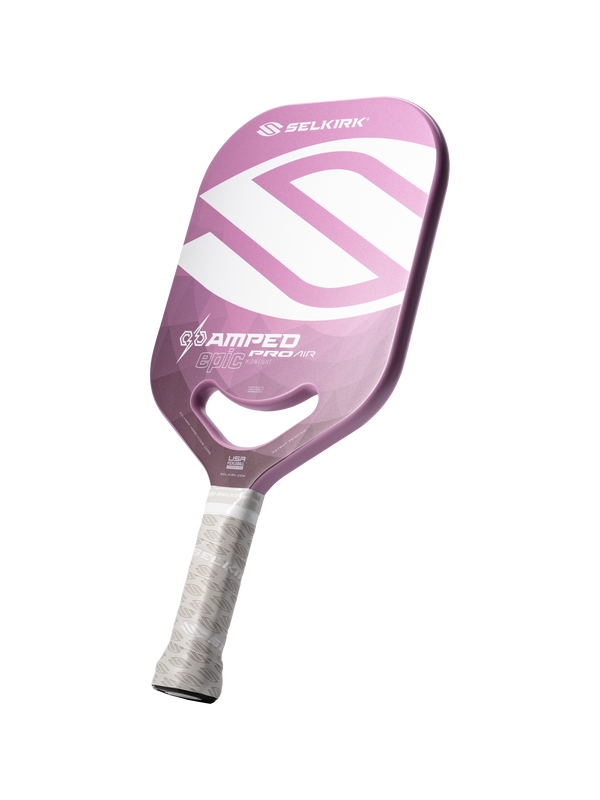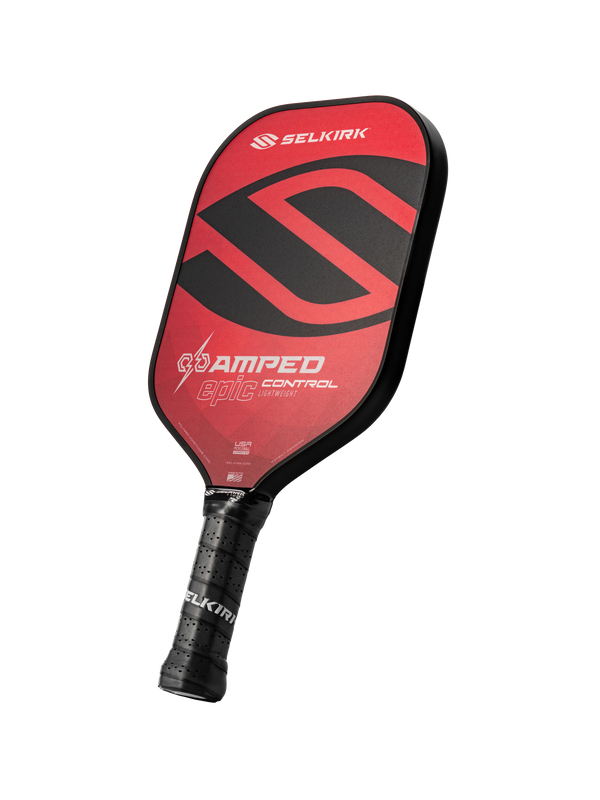
A common area of pain for pickleball players is the knees, due to the amount of squatting and lunging involved with the game.
And while a little tenderness may be normal after prolonged exercise, you should not feel ongoing pain.
There are several steps you can take both on and off the court to ensure that your knees are healthy. In this new Selkirk TV episode, Certified Teaching Pro & NASM Corrective Exercise Specialist Dustin Davis walks you through how to effectively manage knee pain and strengthen your knees.
How to protect your knees on the pickleball court
When you train your legs and knees in the gym, you are doing so under perfect conditions, meaning you use proper form to make sure your knees are stacked over your toe.
However, when you play pickleball, you will not always be able to make a shot with the perfect form for your knees.
To help protect your knees from injury, try your best to stay light on your feet. Avoid stomping around on the court. When you are light on your feet, the load on your heels and knees lessens — and as an added bonus, you’ll be quicker on your feet.
How to manage knee pain
Many people don’t realize that several trigger points throughout your legs can affect your knee health. When you’re not on the court, it’s important to help your legs recover from knots and tenderness.
Here are several movements to help address leg tenderness that can affect your overall knee health:
Move 1: Alleviating foot pain with a pickleball
Many people don’t realize that several trigger points throughout your legs can affect your knee health.
The first area you should address is actually your feet. From a standing or seated position, place a pickleball below the sole of your right foot.
Begin putting pressure on the ball and roll it forward and backward to find a tender area. Once you find a tender area, hold your position and breathe in through your nose and out through your mouth for about 30 seconds. Once the knots are out of your right foot, switch over to your left.
If you are seated and can’t find a pressure point, try standing up to put more weight on the ball. If you are standing and the exercise is causing a significant amount of pain, sit down and take some pressure off.
Move 2: Stretching your feet
Now that you’ve alleviated the tender spots in your feet, it’s time to stretch them. Kneel on the floor — you can put a towel or pillow below your knees for comfort — with your toes bent to the ground underneath your glutes.
Gently sit down, touching your glutes to your heels. You should begin to feel a stretch in your big toe. If you are experiencing a lot of pain, release your left leg and bend it at a 90-degree in front of your body. You can stretch your feet one at a time, holding for about 30 seconds on each side.
Move 3: Releasing tension in your calf with a pickleball
Grab your pickleball and sit on your butt with your legs stretched in front of you. Put the pickleball below your right calf and bend your left leg up for support.
With your arms behind your waist, slowly push your body off the ground and roll the ball up and down your calf. Once you find a tender spot, hold the ball in place for about 30 seconds.
Move 4: Stretch your calf to lengthen the muscle
Everyone at some point in their life has performed a calf stretch, but it’s important to work this stretch into your regular routine to keep your knees functioning properly.
Standing in front of a couch or table, place your left foot in front of your body and extend your right leg behind you. Lean your torso forward and grab the couch for support.
Shift your weight into your left leg and slowly begin pushing your right heel toward the ground. When you’ve reached the top of your mobility, hold for 30 seconds, breathing through the stretch.
Once you reach the end of the 30 seconds, squeeze your calf muscles for five seconds. Release and see if you can lengthen your calf even more. Repeat this two to three times.
You can also explore turning your right foot out and in to see if it helps intensify the stretch. Turning your foot out will help target the inside of your calf while turning your foot in will stretch the outside of your calf.
Move 5: Releasing knots in your quads with a pickleball.
The biggest set of muscles that affect your knee is your quadriceps, so it’s important to alleviate tension in the area.
Grab your pickleball and lay flat on your stomach on the floor. Place the pickleball underneath your right quadricep and slowly begin rolling on top of it.
Once you find a tender area, hold it in place for 30 seconds, breathing in through your nose and out through your mouth. Repeat as many times as necessary to address all the knots in your quads.
Move 6: Kneeling stretch for quads
After you’ve released your quads, it’s time to stretch them. Head back to your kneeling position, but this time, allow your toes to be relaxed, touching the tops of your feet fully to the ground.
Gently lower your glutes toward your feet, sitting as low as your quads allow. If it is too painful, you may kneel close to a low table and grip it for support.
If you can lower your glutes enough to touch your feet, you may start to lean backward, using your arms for support. Hold backward for five seconds and gently raise yourself back to the center. Repeat several times.
Download the Selkirk TV app HERE to watch the complete episode and many other Selkirk TV original shows, podcasts, lesson series from the pros, and much more.



